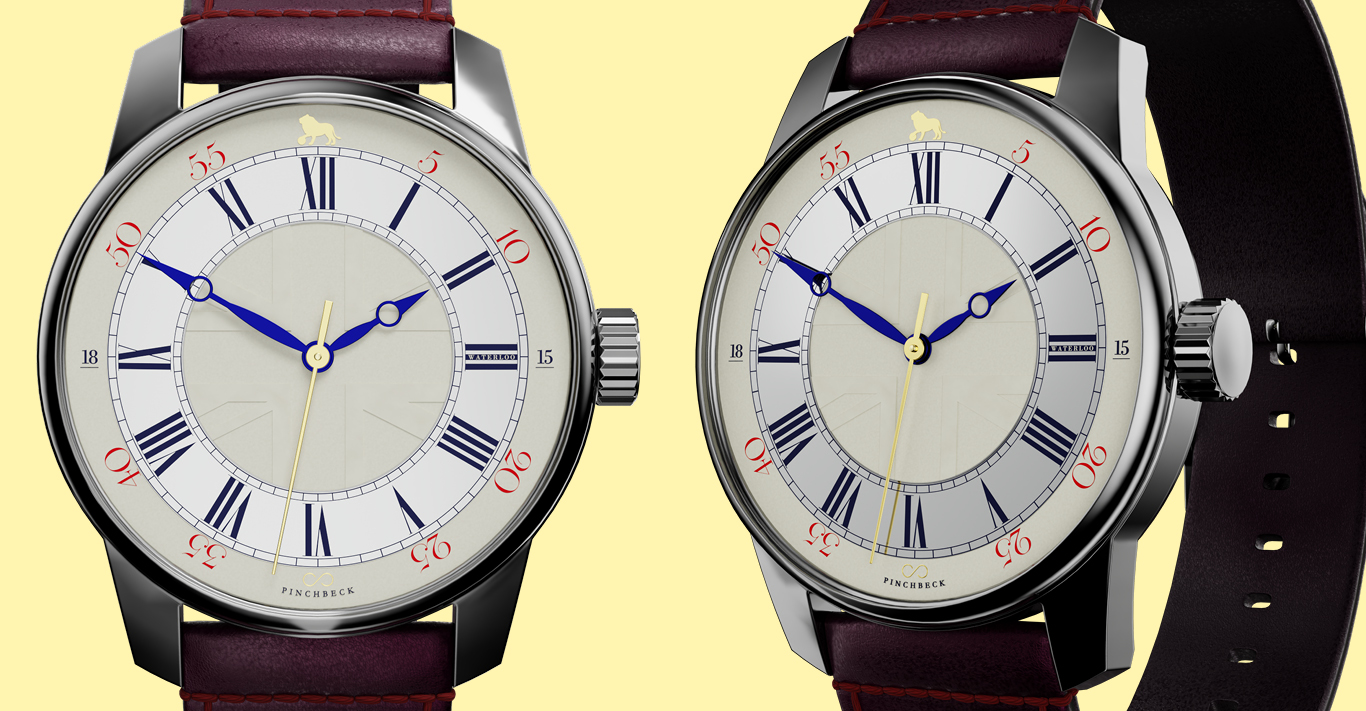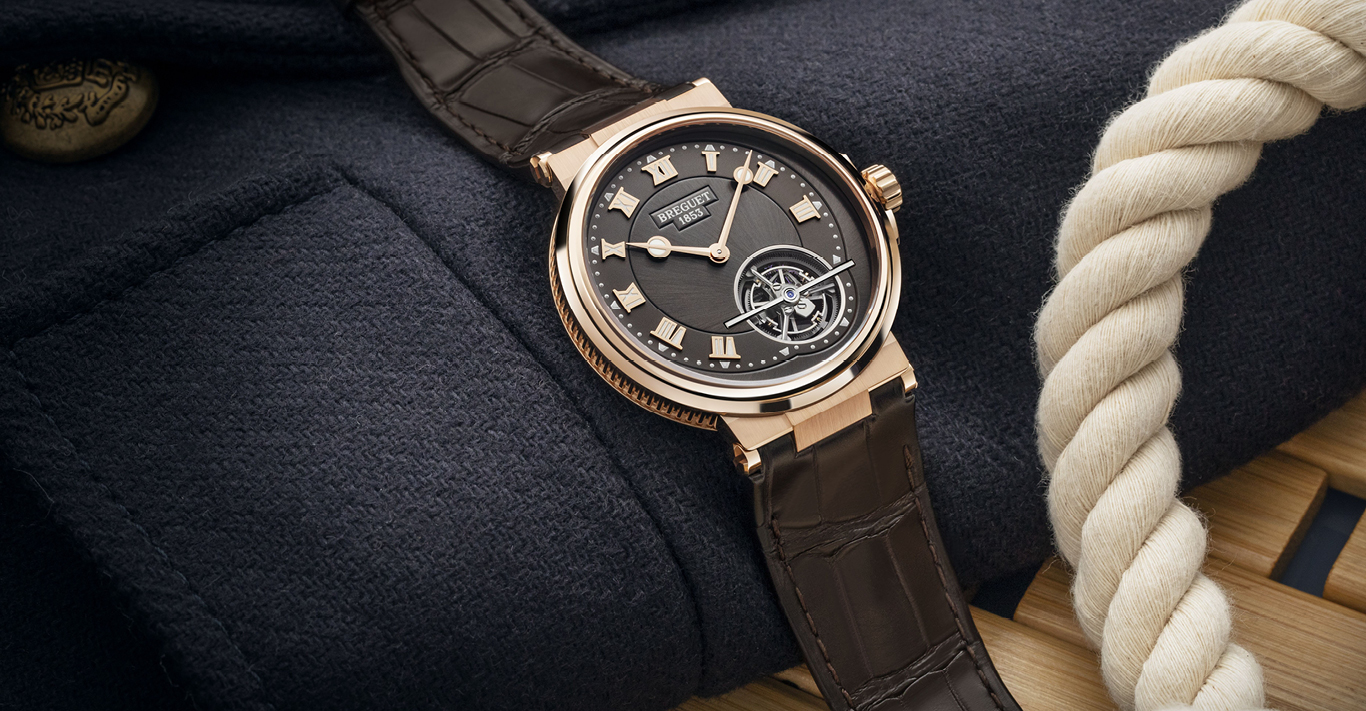WORDS
Ken Kessler
ILLUSTRATION
Daniel Clarke
Life is full of dichotomies that seem irreconcilable, even in the wayward world of watches. A minor schism has emerged, dividing collectors into three groups: pristine/patinated/personalised. That’s not to say one cannot embrace all three conditions or combinations of any two, but this collector is firmly of the first grouping: I want my watches to maintain their original look.
My purist streak, I admit, is borderline lunacy. For the rest of you, if “original condition only” is not part of your vocabulary, it means a world of choice. With the near-vertical growth in the number of watch collectors and enthusiasts, it was inevitable that individualists would be unhappy with off-the-peg timepieces.
This, it must be said, runs counter to the auction house mantra of “originality and provenance above all”. The auction houses, however, are complicit in creating a demand for what are, by any sane measure, knackered or defective timepieces.
Some clever cynic, a few decades ago, must have decided that the dearth of absolutely perfect vintage watches needed to be addressed. Certain collectors, especially the fastidious Japanese, wanted their 50-year-old Rolexes and Omegas to look as fresh as the day they left Geneva or Biel/ Bienne. This, of course, depended on finding virtually unworn examples. On the other hand, there was no shortage of watches showing their age.
Suddenly, “patina” acquired value beyond proof of age, much to the dismay or confusion of those who realised that collectors were prepared to pay over the odds for watches with washed-out dials and bezels. Such atrocities were often the result of a batch of defective paint back in the day. Bleached bezels were called “ghosts,” while faded, turd-coloured dials suddenly became “tropical” and those with crackled finishes were “spiders”.
Probably the only positive things that could be said about these dilapidated timekeepers, versus as-new examples, were that 1) the scars proved their age, and 2) it was easier to fake a fresh-looking dial than one with years subjected to natural decay. Tellingly, as of late, the charlatans of the watch world have figured out how to fake tropical dials and ghost bezels; it’s amazing what you can do with a strong lamp.
What these watches awakened, though, was the notion of individuality. No two faded, vintage Rolex Submariners or early Omega Speedmasters look exactly the same, whereas two perfectly preserved examples of the same model might be indistinguishable from one another.
Despite the inherent rarity of either pristine or poxy watches, neither perfection nor patination satisfied certain individuals. The type who think nothing of handing over a brand new Lamborghini or Ferrari to some butcher in Las Vegas or Berlin or Monaco to “personalise” wanted more. At this point, however, I must suppress my hatred of such practices, because this is the same mindset that enables the customising (or more accurately, “personalising”) of wristwatches.
This, too, is a variegated market because it includes both genuinely unique pieces – true one-offs by definition – and the burgeoning growth in companies prepared to commission or collaborate on the next best thing: extremely limited editions. It should be noted that neither practice – the cherished pièce unique or carefully curated limited editions – is new.
As far as certifiably unique watches are concerned, centuries ago, during the era of horologists such as Breguet, Arnold and Graham, almost every watch was a one-off, as only the wealthy could afford them and they were mainly made to order. But on a more basic, inherent level, however, the uniqueness was also the by-product of the amount of hand-finishing required before the Industrial Revolution. Indeed, in the current era, A Lange & Söhne proudly points out that no two of its serial production watches are identical because the bridges are hand-engraved.
A sub-sector of the market is prepared to pay hugely over the odds for a watch with a frisson of personalisation
As for limited editions, the watch brands have been using this as a selling tool for decades, starting this long before the revival began in the late-1980s, but the difference now is that the limited editions are becoming much smaller. Instead of enthusiasts impressing their fellow connoisseurs with a watch that might be one of 2018 or 1972 or even a mere 100, the glory belongs to those who have a piece that’s one of 20 or 10 or, even better, just three.
Here we come to another dichotomy: after-market versus factory-authorised. It all started a decade ago with the appearance of blackened Rolexes from Pro-Hunter, George Bamford, Titan Black and others. Rolex wanted nothing to do with this, and one immediately violated the manufacturer’s warranty by subjecting a Rolex to such butchery, but the practice proved hugely popular. It also proved that individuals are more than happy to antagonise manufacturers, just as John Lennon did to Rolls-Royce when he “psychedelicised” his Phantom V.
But then something happened: the watch brands realised that here was a sub-sector of the market that was prepared to pay over the odds – hugely, in fact – for a wristwatch with a frisson of personalisation. It’s no coincidence that this runs parallel to the revival in the fortunes of custom cobblers such as Cleverley, or renewed interest in the skills of Savile Row. Suddenly, George Bamford was allowed in from the cold. He is now officially a personaliser of TAG Heuer and Zenith watches.
Major retailers including Wempe, Theo Fennell, Marcus, Watches of Switzerland and Harrods have all been able to offer exclusive models; the green Tudors for Harrods arrived with an instant waiting list. And watchmaker Armin Strom even devised the “Configurator” so that clients could create their own watch online, the colour combinations running to tens of thousands.
Getting in on the game, too, are trusted online sources able to solicit limited editions from the major houses, including the website Hodinkee, the magazine Revolution and most recently, e-commerce giant Mr Porter, which just announced the Zenith x Bamford Watch Department Chronomaster El Primero ‘Solar Blue,’ limited to 25 pieces. Among the hottest of the online specials are the admittedly large runs of Omega Speedmasters called “Speedy Tuesdays” made by Omega for Fratello Watches, which sell out in a couple of hours. Not bad for circa 2,000 pieces. As for the values of defaced Rolexes, this is a whole other thing, far removed from finding a nice vintage piece with a personal inscription on the caseback. I’ve always loved these, eg my father-inlaw’s engraved Omega gifted by his employer, because it was a type of provenance: fakers do not, as a rule, add bogus dedications. Conversely, watches have had their cases ruined by vendors who reduced the case integrity by machining off such inscriptions, thus altering the case thickness.
Will a Rolex covered in deeply etched scrolls and snakes retain its value? Unless it’s signed by a known artist, which might actually inflate the watch’s worth, I suspect the enthusiast with taste will look at it with a sniff, like seeing go-faster stripes on a 1957 Bentley. But a serial production, manufacturer approved, factory warranty timepiece, its boldly coloured hands and dials denoting that it’s one of only five? Given time, these could prove to be money in the bank.
Ken Kessler is a UK-based journalist specialising in watches, hi-fi, pens, wine, cars and luxury items




